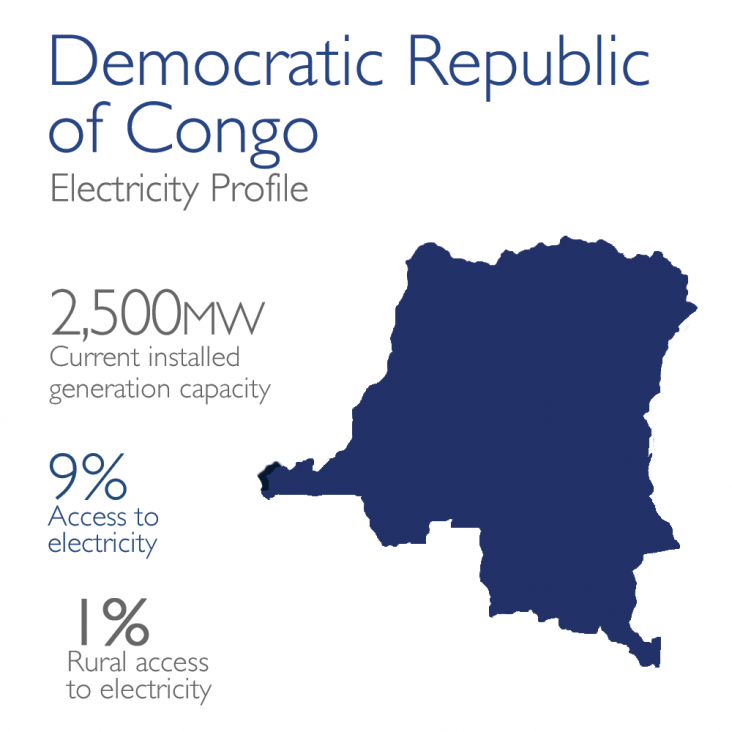- Where We Work
- Interactive Map
- Afghanistan and Pakistan
- Africa
- African Union
- Power Africa
- About Us
- How We Work
- Partners
- News & Information
- Power Africa Toolbox
- Where We Work
- Angola
- Benin
- Botswana
- Burkina Faso
- Burundi
- Cameroon
- Chad
- Côte d`Ivoire
- Democratic Republic of the Congo
- Djibouti
- Eritrea
- Ethiopia
- Gabon
- Gambia
- Ghana
- Guinea
- Guinea Bissau
- Kenya
- Lesotho
- Liberia
- Madagascar
- Malawi
- Mali
- Mauritania
- Mozambique
- Namibia
- Niger
- Nigeria
- Republic of Congo
- Rwanda
- Senegal
- Sierra Leone
- South Africa
- South Sudan
- Swaziland
- Tanzania
- Togo
- Uganda
- Zambia
- Trade and Investment Engagement
- Angola
- Benin
- Botswana
- Burkina Faso
- Burundi
- Cameroon
- Central Africa Regional
- Central African Republic
- Chad
- Côte d'Ivoire
- Democratic Republic of the Congo
- Djibouti
- East Africa Regional
- Ethiopia
- Ghana
- Guinea
- Kenya
- Lesotho
- Liberia
- Madagascar
- Malawi
- Mali
- Mauritania
- Mozambique
- Namibia
- Niger
- Nigeria
- Republic of the Congo
- Rwanda
- Sahel Regional
- Senegal
- Sierra Leone
- Somalia
- South Africa
- South Sudan
- Southern Africa Regional
- Sudan
- Swaziland
- Tanzania
- Uganda
- West Africa Regional
- Zambia
- Zimbabwe
- Asia
- Europe and Eurasia
- Latin America and the Caribbean
- Middle East
- Mission Directory
Democratic Republic of the Congo
POWER AFRICA FACT SHEET

The Democratic Republic of the Congo (DRC) is the 11th largest country in the world, with a land mass about one-fourth that of the United States. The population is 80 million, of which 12 million live in the capital Kinshasa. GDP in 2015 was estimated at $38 billion. The DRC has one of the lowest rates of electrification in the world. Based on 2013 data, DRC’s national electrification access rate was just 9%, with 1% in rural areas and 19% in urban areas. The DRC’s installed generation capacity of just under 2,500 MW is 99% hydropower. Most of this generation is concentrated at the Inga site (1,775 MW), where the government is developing the Inga 3 project of at least 5,000 MW. Currently, the DRC utilizes just 2% of its estimated 100,000 MW of hydroelectric potential, around 40,000 MW of which is concentrated at the Inga site on the Congo River. The government has been unable to meaningfully increase generation capacity in recent years and has allocated most available power to the fast-growing mining sector, especially mines in the copper belt, although new mine development has been frozen until more power becomes available, with a current shortfall of 300 MW in the copper sector alone. In order to address the power constraint on economic growth, the government approved a new Electricity Code in 2014 which authorized the establishment of a regulatory agency and a rural electrification agency, while opening the power sector to private investment. The Electricity Code is in the process of implementation, which is supported by various development partners including USAID.
Sources:
- Overview of the electricity sector in the Democratic Republic of Congo, Alex Kadiayi, February 2013
- IEA, World Energy Outlook 2015
- Policy Report Note – Democratic Republic of Congo, Lighting Africa, 2012.







Comment
Make a general inquiry or suggest an improvement.